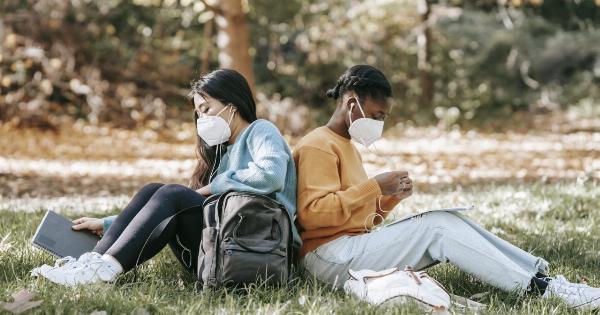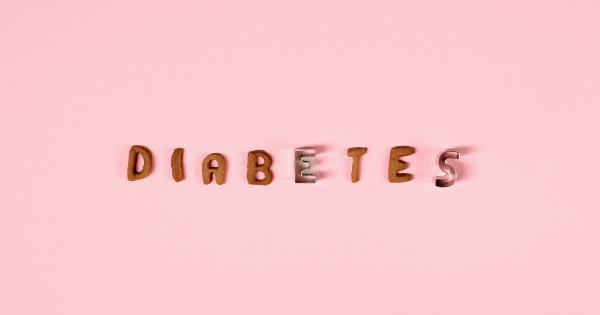Fruits and vegetables are an important part of any healthy diet, but did you know that some of them are heavily contaminated with harmful pesticides and chemicals? According to the Environmental Working Group (EWG), there are 30 fruits and vegetables that are the most contaminated. This article will list those fruits and vegetables and provide information on why they are so contaminated.
The Dirty Dozen
The EWG’s annual report on the most contaminated fruits and vegetables is known as the Dirty Dozen. Here are the 30 fruits and vegetables that are the most contaminated:.
- Strawberries
- Spinach
- Kale
- Nectarines
- Apples
- Grapes
- Peaches
- Cherries
- Pears
- Tomatoes
- Celery
- Potatoes
- Sweet Bell Peppers
- Hot Peppers
- Snap Peas
- Bell Peppers
- Cucumbers
- Cherry Tomatoes
- Green Beans
- Aubergine (Eggplant)
- Lettuce
- Zucchini (Courgette)
- Courgettes (Summer Squash)
- Cabbage
- Broccoli
- Carrots
- Honeydew Melon
- Cantaloupe
- Cauliflower
Reasons for Contamination
There are several reasons why these fruits and vegetables are so heavily contaminated. One reason is the use of pesticides. Pesticides are chemicals used to kill pests like insects, rodents, and weeds.
They are often sprayed on crops to prevent damage and increase yields. Unfortunately, many pesticides are harmful to human health and can contaminate the fruits and vegetables that we eat.
Another reason for contamination is pollution. Fruits and vegetables that are grown in areas with high levels of pollution can absorb chemicals from the air, soil, and water. This can make them unsafe to eat.
Finally, poor farming practices can also contribute to contamination. For example, farmers may use too much fertilizer, which can lead to runoff that pollutes nearby waterways.
They may also use contaminated water for irrigation, which can contaminate the crops.
Impact on Health
The contamination of fruits and vegetables can have serious health consequences. Pesticides can harm the nervous system, disrupt hormones, and increase the risk of cancer. They can also harm the developing brains of fetuses and young children.
Exposure to pollution can also be harmful to health. Air pollution is linked to respiratory problems, while water pollution can lead to gastrointestinal disease and other health problems.
How to Protect Yourself
There are several steps you can take to protect yourself from contaminated fruits and vegetables:.
- Choose organic: Organic fruits and vegetables are grown without pesticides and are less likely to be contaminated.
- Wash thoroughly: Washing fruits and vegetables can remove some of the contaminants. Use a scrub brush for firm produce like apples and cucumbers, and rinse well.
- Peel when possible: Peeling fruits and vegetables can remove some of the contaminants. However, some nutrients are lost when you peel produce.
- Avoid highly contaminated produce: If you cannot buy organic, avoid the fruits and vegetables on the Dirty Dozen list. Instead, choose produce that is less contaminated.
Conclusion
Fruits and vegetables are an important part of any diet, but it is important to be aware of the ones that are heavily contaminated with harmful chemicals.
By taking steps to protect yourself, you can enjoy the health benefits of fruits and vegetables while minimizing your exposure to harmful contaminants.





























